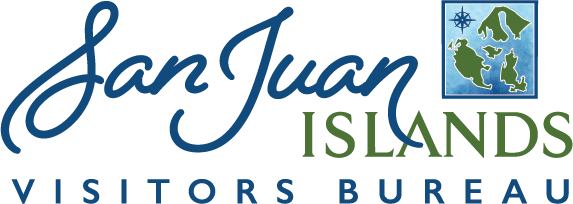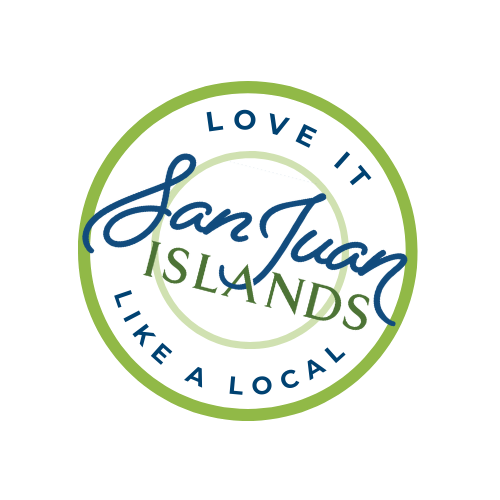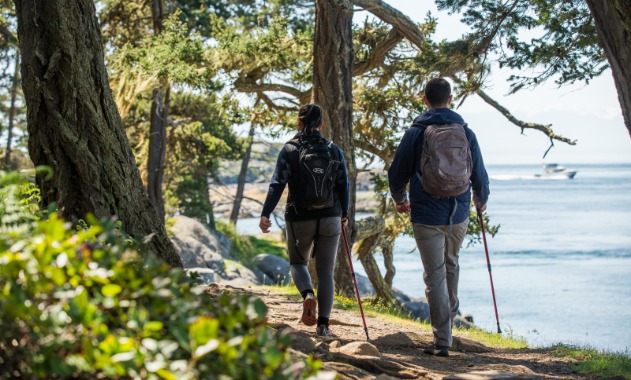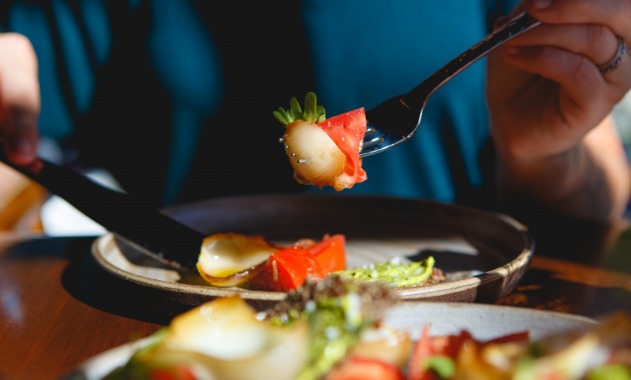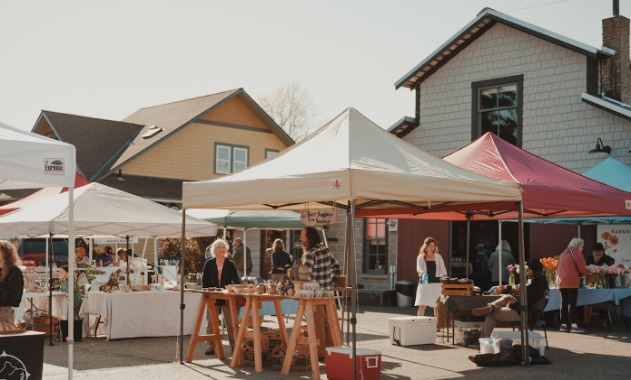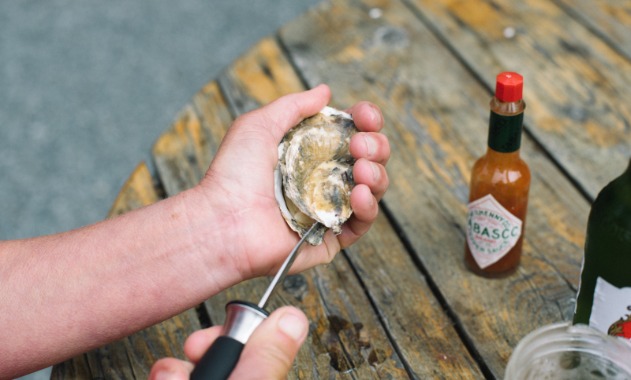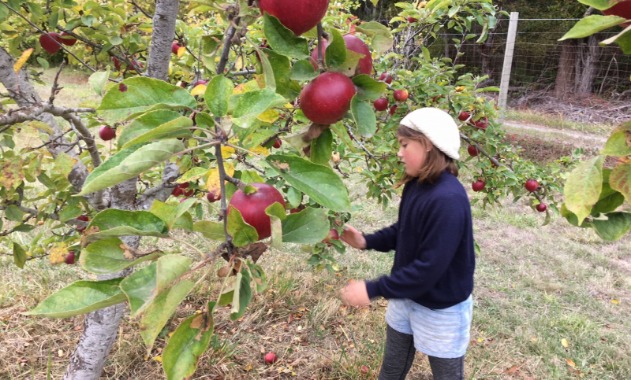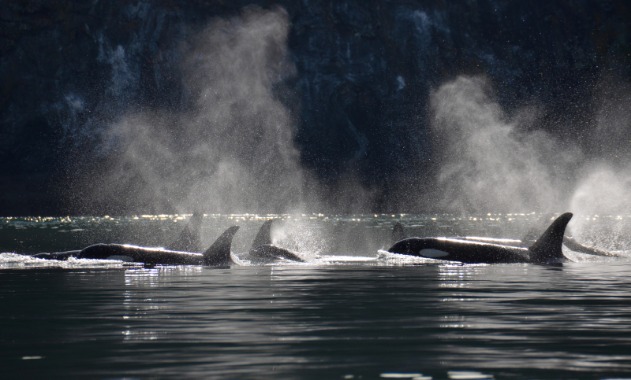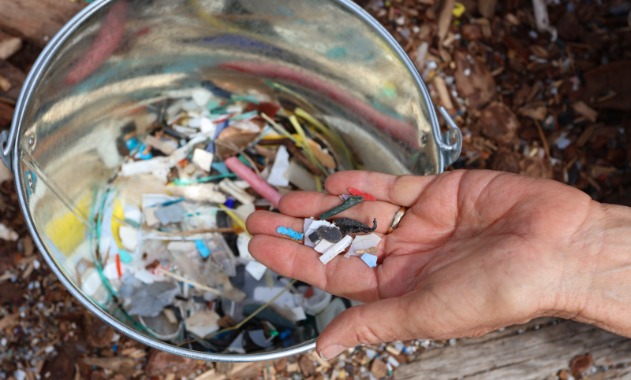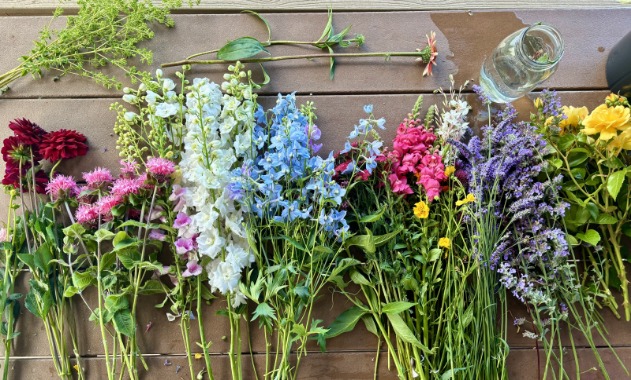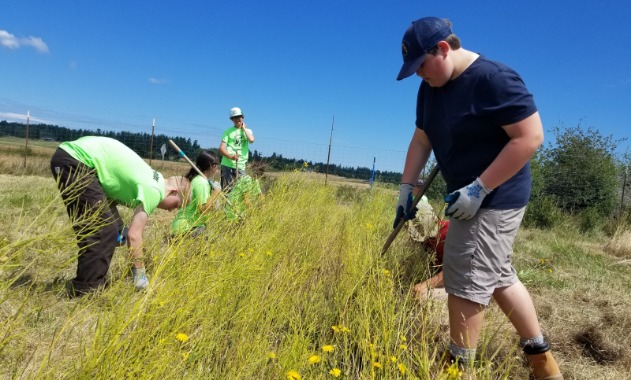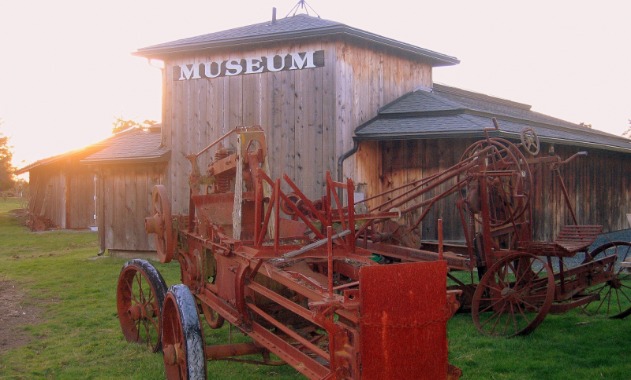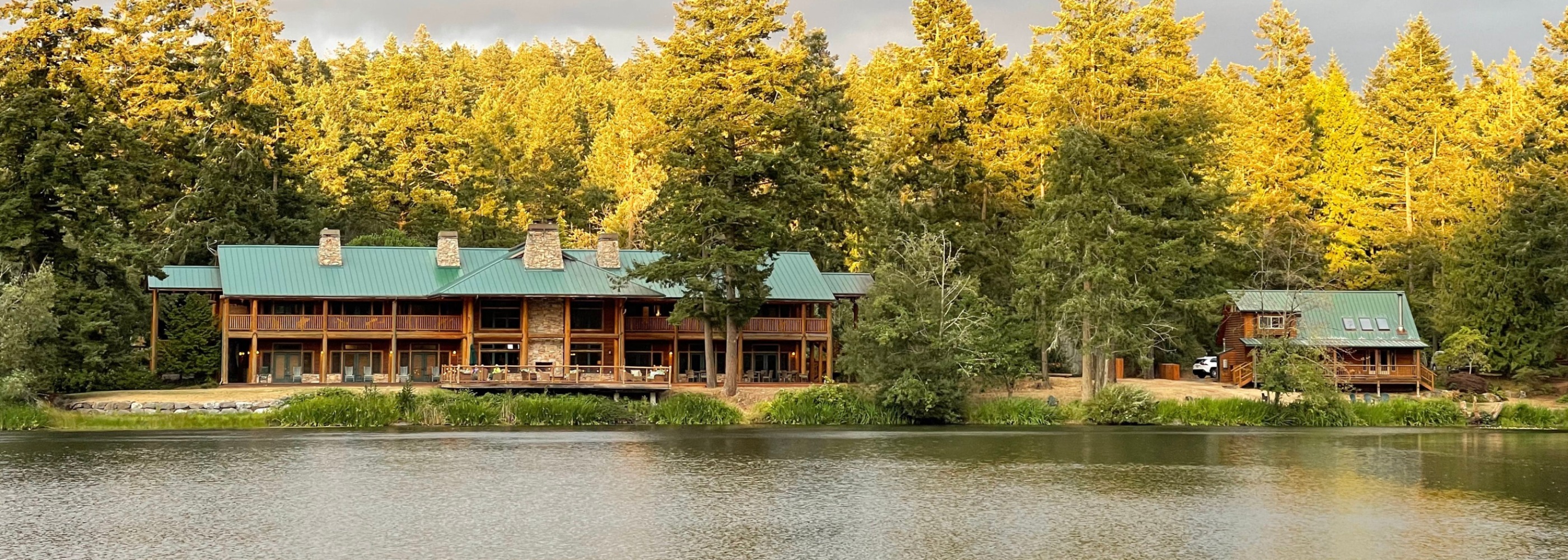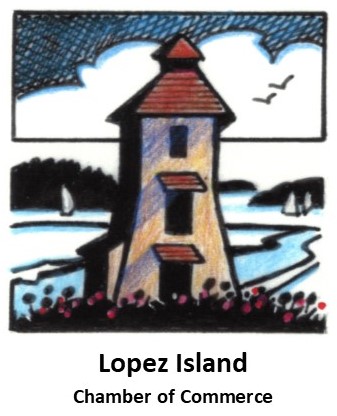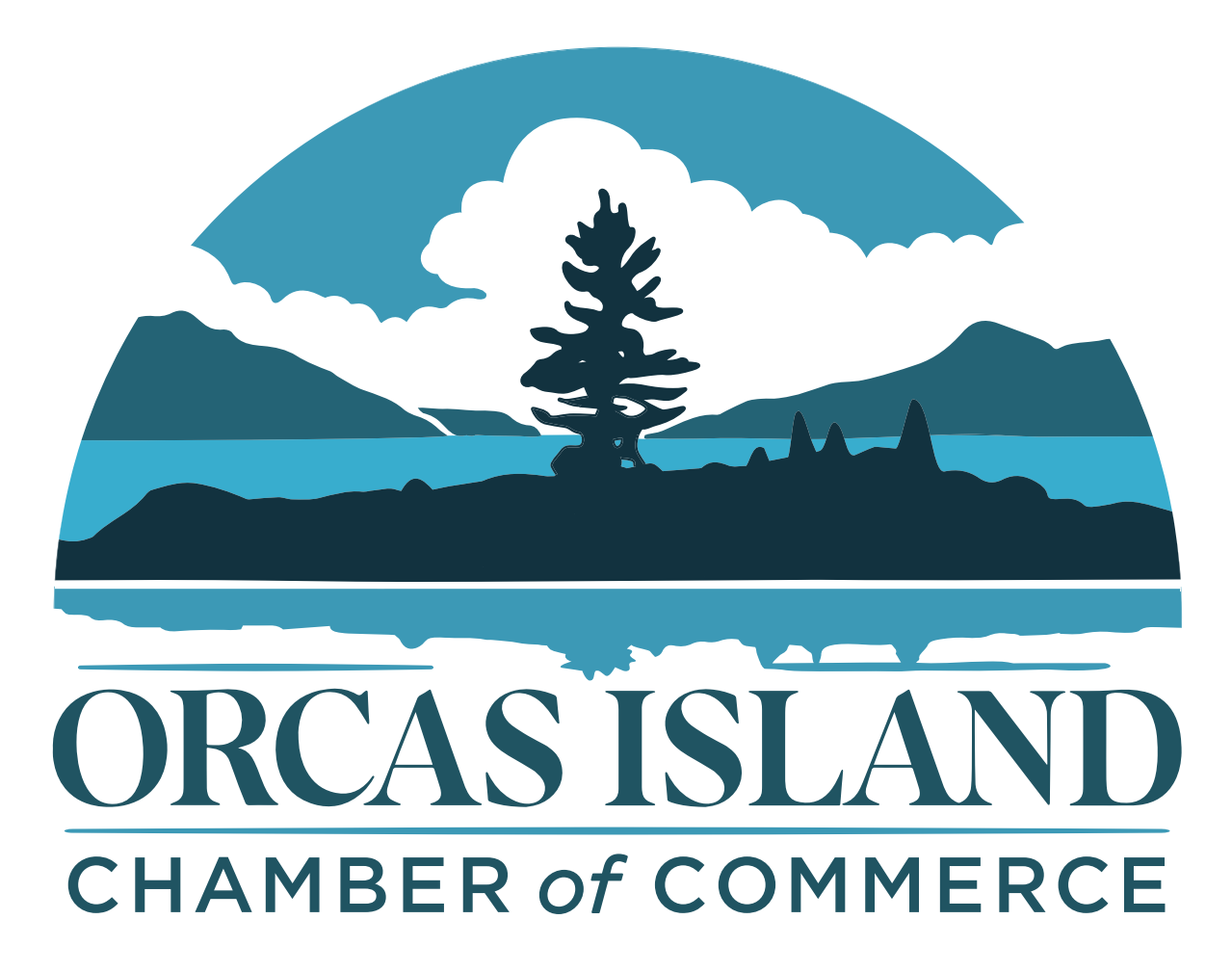10 Fun Ways To Give Back On Your Family Vacation
Learning and volunteering with your kids helps you live like locals. Discover these 10 ways to give back to island communities during your visit!
One of the best things about a visit to the San Juans is hiking through the stunning landscape, from rolling bluffs covered with moss, to pebbled beaches to deep, quiet forests. If we all live by the “Pack it in, Pack it out” rule, and truly Leave No Trace, the natural places on the Islands will be beautiful and pristine for your visit next year and for generations to come.
Savor the local flavors of the San Juan Islands and support local businesses as you dine. Many menus will indicate when ingredients are sourced from the islands and it's a great opportunity to have a conversation with your server about eating local. Discover places to dine here.
At the Saturday farmers market on Orcas Island, Lopez Island and San Juan Island, you can find everything you need for your family brunches and barbecues, from farm-fresh eggs and island-raised bacon, to fresh oysters, lamb chops, pork ribs, fruits and vegetables and fresh flowers. Shopping this way helps save food miles (the fuel that is spent bringing outside food to the consumer), and helps support our precious island farms and keep the farmers in business. Plus, just-picked produce, hormone free milk and cheese and humanely raised meats taste more delicious and nourish the body and soul.
4. Shuck an Oyster on the Beach
Standing on the shores of Buck Bay on Orcas Island, you can look out over the oyster and clam beds and out over the Salish Sea, shuck an oyster fresh from the bay, and savor a sweet, briny morsel that tastes like the sea. These waters are constantly threatened by climate change that is warming the water, pollution, erosion and other factors. Oysters, like other bivalves, filter the water and help remove pollution, heavy metals and more. Supporting sea farms such as Buck Bay Shellfish Farm on Orcas Island and Westcott Bay Shellfish Company on San Juan Island is a way to support clean water, and the interaction of our food system with the natural world. Plus … delicious!
5. Visit or Stay at an Island Farm
Stewardship of natural places is so important, and saving our agricultural places is equally important, especially on an island, where much of the food system is shipped in. But there is a renaissance happening in farming, with more young farmers growing food, producing artisan products, and creating a vibrant community of food and farm lovers.
Guests of Saturn's Return can help plant trees, gather eggs, tend the bees, and harvest ripe fruit from the orchard. At Pebble Cove Farm Inn and Animal Sanctuary, you can harvest fresh vegetables from the Upick garden and play with rescue animals like the mini Juliana pigs Herman and Bernie, ponies Hank and Adele, and Nubian goats Gertrude, Lucille, Hazel, and Olive.
Find an island farm to visit.
6. Visit The Whale Museum and Adopt a Whale
The Southern Resident Orcas were declared endangered in 2005, and since then, the three pods known as J, K, and L have struggled to maintain their numbers. To learn their story, a visit to Friday Harbor’s Whale Museum is essential. Wonder at several real skeletons of cetaceans—whales, dolphins, porpoises—that let us look inside the world of these magnificent creatures. One of the skeletons is Sooke (L-112), a young orca that died and washed up on Long Beach on the Washington Coast in 2012. A time-lapse video shares the preparation of the bones through images and artifacts from the process, letting you and your kids see behind the scenes at the museum. Through the Whale Museum, you can Adopt an Orca—and get adopted yourself into the family of other orca lovers—helping support the stewardship and conservation efforts to save the precious Southern Residents.
Have you ever strolled along a pristine beach only to spot a beer can, a cigarette butt, or even tiny bits of plastic among the driftwood? Microplastics (less than 5mm in size) are a growing problem for our shorelines, as they can harm marine life and are nearly impossible to remove once they break down. You can help make a difference by joining a local beach cleanup! On Orcas Island, The Exchange organizes summer beach cleanups at the Eastsound Waterfront Park. On San Juan Island, Plastic Free Salish Sea hosts regular cleanups at Jackson Beach. Grab some gloves and be part of the solution! Check out our Volunteer Vacations page for updates on these events.
Whether it's art, animals, food, or nature, activities abound in the San Juans to pick up new skills and connect with locals. Make a botanical masterpiece at one of the Little Farm on Olga Road’s flower workshops. Try a yoga class with the four-legged residents of the Heaven on Earth Animal Sanctuary. The San Juan Islands Museum of Art hosts a series of Family Art Days - a free, fun art education program intended to give children the opportunity to create a hands-on art project with an adult family member(s), adult friend, or mentor - taught by local artists. Friday Harbor’s Whale Museum hosts a summer Junior Marine Scientist Camp - a multi-day camp that will help your youngster learn about whales, seals, sea lions, and salmon, and is filled with interactive and hands-on activities. Join expert birder Tyler Davis at the San Juan Islands Sculpture Park for guided bird walks the first Wednesday of the month.
9. Volunteer for a Work Party or Community Science Project
Volunteering is a special opportunity to connect with the local community you're visiting. Work parties are available throughout the year to assist with habitat restoration projects, trail maintenance, and invasive plant removal. Check out available opportunities on our Volunteer Vacations page. Community science projects include winter swan counts and Habitat Helpers with the San Juan Preservation Trust, European green crab monitoring with Friends of the San Juans and Washington Department of Fish and Wildlife, and marine debris reporting with the MyCoast app from Washington Department of Natural Resources.
The San Juan Islands are full of non-profits that work hard to support our community. From food banks and trail networks to theaters and education groups, the islands are full of passionate locals looking to give back. Get involved with one of the many non-profits, donate to their cause, or visit the different community foundations' website for a more complete list of organizations. Orcas Island Community Foundation, San Juan Island Community Foundation, Lopez Island Family Resource Center
